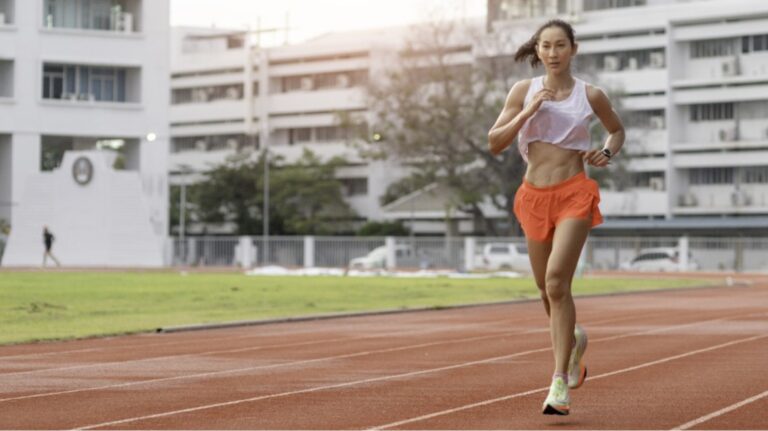Injury Prevention for Female Athletes: How Physical Therapy Can Help

Female athletes face unique challenges in sports, including a higher risk of specific injuries compared to their male counterparts. Factors like hormonal fluctuations, biomechanical differences, and varying muscle strength can contribute to these risks. Physical therapy (PT) plays a crucial role in injury prevention, providing personalized care to address these vulnerabilities and enhance overall performance.
Understanding Injury Risks for Female Athletes
While sports are empowering and beneficial for physical and mental well-being, female athletes often experience particular types of injuries, including:
Anterior Cruciate Ligament (ACL) Tears: Due to differences in knee anatomy, women are more prone to ACL injuries.
Patellofemoral Pain Syndrome (PFPS): This knee pain often results from imbalances in muscle strength and alignment.
Stress Fractures: Bone density and menstrual irregularities can increase the risk of stress fractures.
Shoulder Injuries: Overhead movements in sports like swimming or volleyball can lead to shoulder instability.
Recognizing these risks is the first step toward prevention. Physical therapy focuses on mitigating these factors through targeted assessments and interventions.
Benefits of Physical Therapy for Injury Prevention
Physical therapy is not only for injury recovery. For female athletes, it serves as a proactive approach to reduce the likelihood of injury. Here’s how physical therapy can help:
1. Biomechanical Assessment and Correction
Physical therapists perform comprehensive assessments to evaluate posture, gait, and movement patterns. By identifying misalignments or imbalances, therapists can correct biomechanical issues that may contribute to injury.
2. Strength and Stability Training
Strength training programs tailored to female athletes focus on improving core stability, leg strength, and joint support. This is particularly effective for preventing knee and hip injuries.
3. Flexibility and Mobility Enhancement
Maintaining proper flexibility is essential for injury prevention. Physical therapy incorporates stretching routines and mobility exercises to ensure a full range of motion in joints and muscles.
4. Neuromuscular Training
Exercises that enhance neuromuscular control can prevent ligament injuries, especially in high-impact sports. Physical therapists use drills that promote balance, coordination, and proprioception (body awareness).
5. Sports-Specific Training
Athletes benefit from therapy programs designed around their specific sport. Tailored exercises mimic real-game movements to build resilience and reduce injury risk.
Common Physical Therapy Techniques for Injury Prevention
Physical therapists utilize various techniques to support injury prevention, including:
Manual Therapy: Hands-on techniques to reduce muscle tightness and improve joint mobility.
Functional Movement Training: Exercises that simulate sports movements, improving strength and agility.
Taping and Bracing: Providing external support to vulnerable joints
Education and Body Mechanics Training: Teaching athletes proper techniques for running, jumping, and landing.
The Role of Nutrition and Recovery
Injury prevention doesn’t end with physical therapy sessions. Proper nutrition, hydration, and rest are essential components of a comprehensive injury prevention strategy. Physical therapists often collaborate with nutritionists to ensure athletes meet their dietary needs to support muscle repair and bone health.
When to Seek Physical Therapy
Female athletes should consider consulting a physical therapist in the following scenarios:
Before starting a new training program
After experiencing minor discomfort or strain
Following previous injuries to prevent re-injury
For guidance on improving strength, flexibility, and performance
Physical therapy is a powerful tool in preventing injuries and ensuring female athletes reach their full potential. By addressing individual needs, enhancing strength and stability, and promoting proper movement patterns, physical therapists empower athletes to stay safe and excel in their sports. Investing in injury prevention today can lead to a healthier and more successful athletic career.

For personalized support and specialized programs, Halcyon Fitness offers expert guidance to help female athletes strengthen their bodies and reduce the risk of injury. With a dedicated team experienced in sports conditioning and rehabilitation, Halcyon Fitness is committed to helping you perform at your best.

